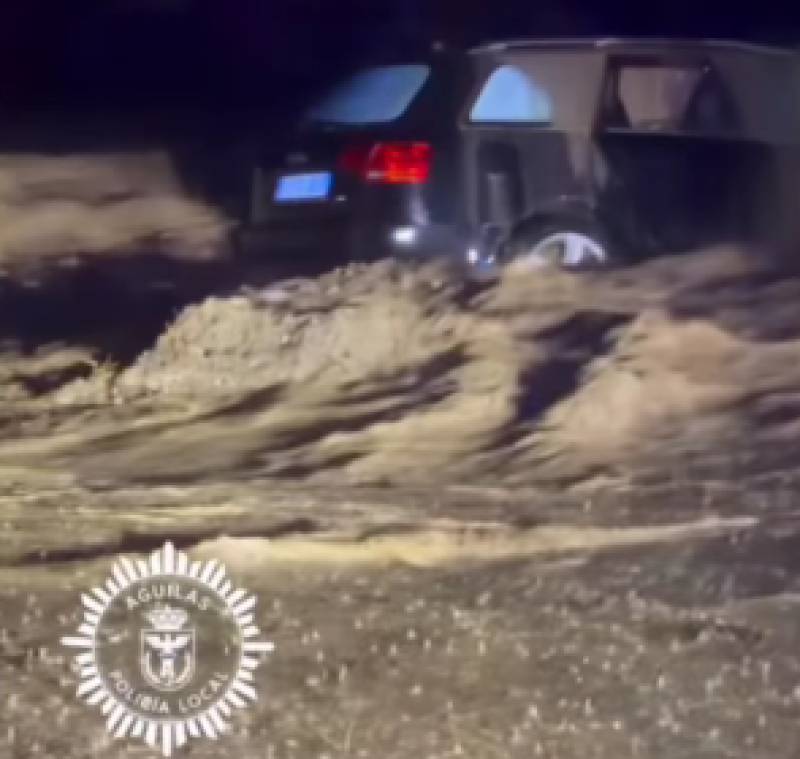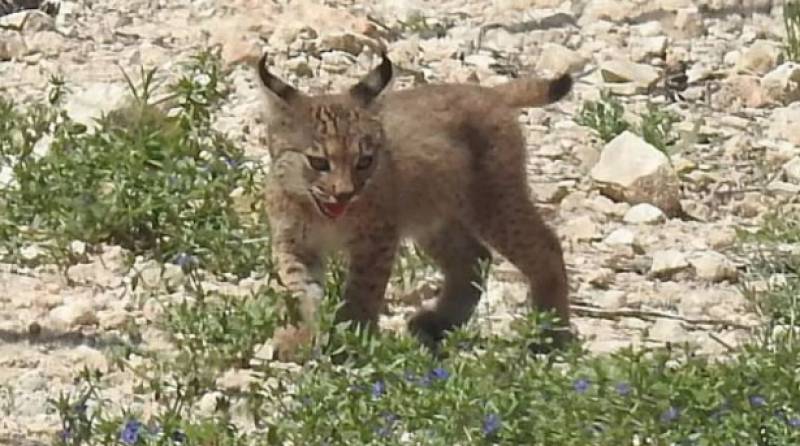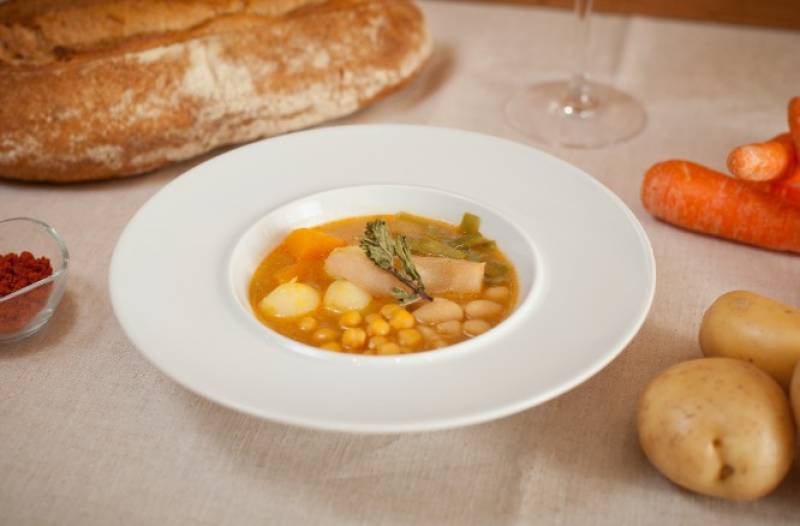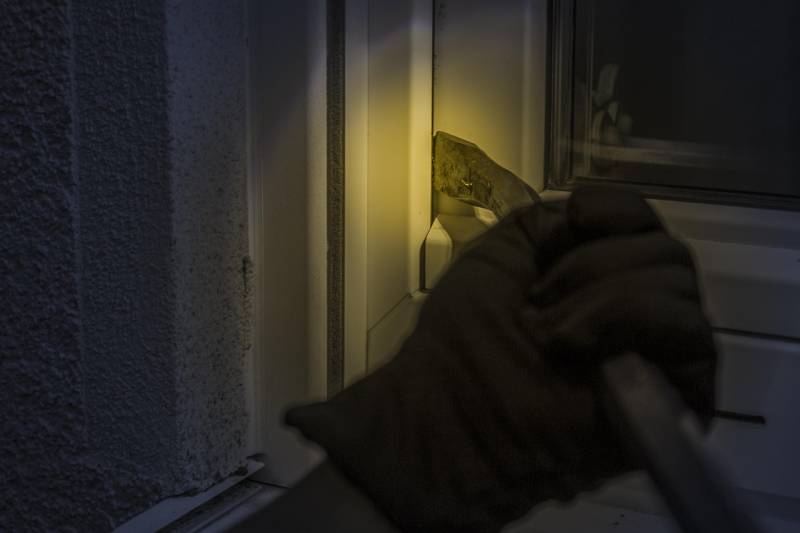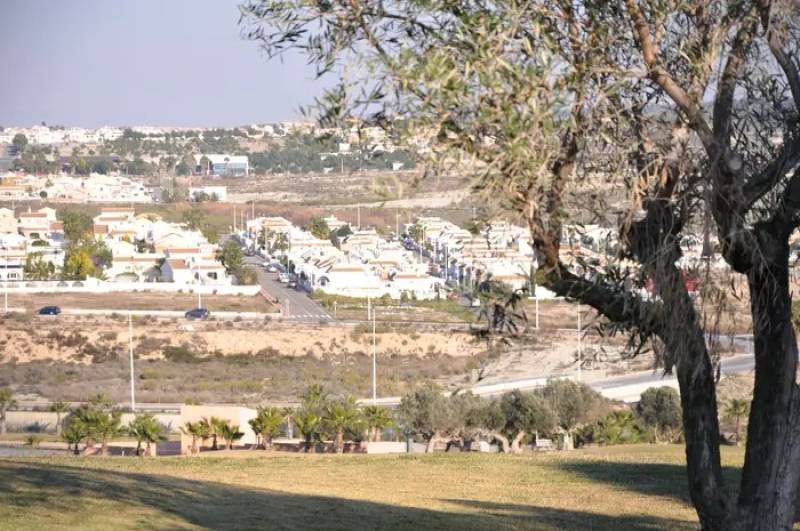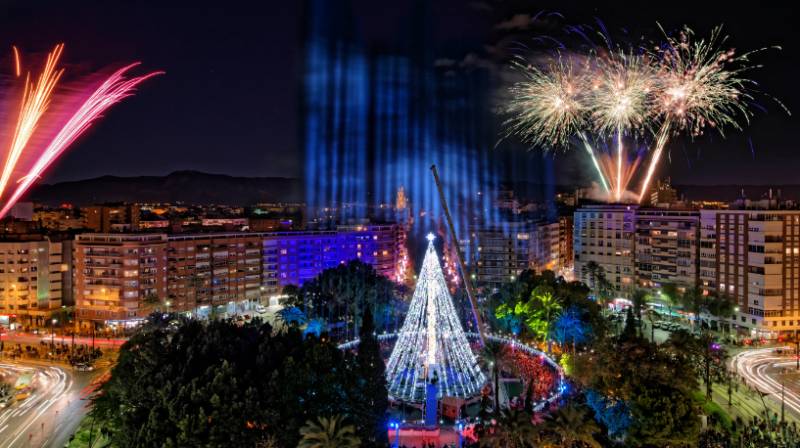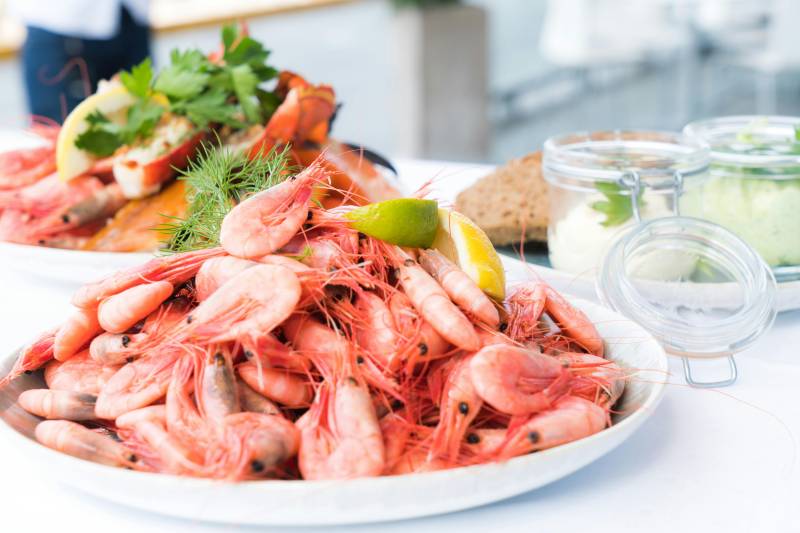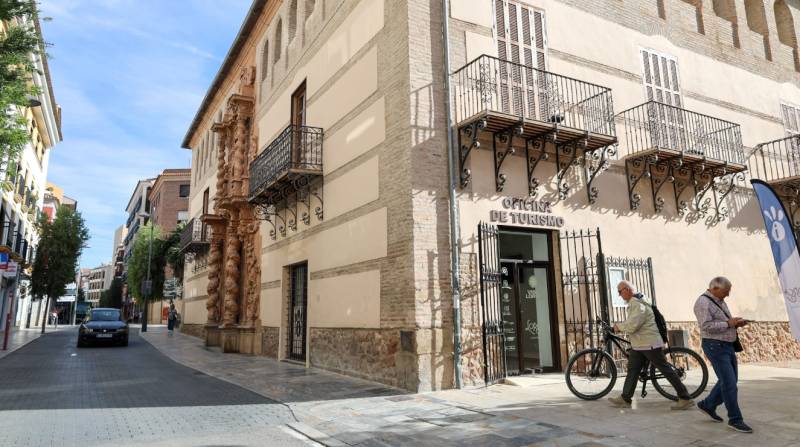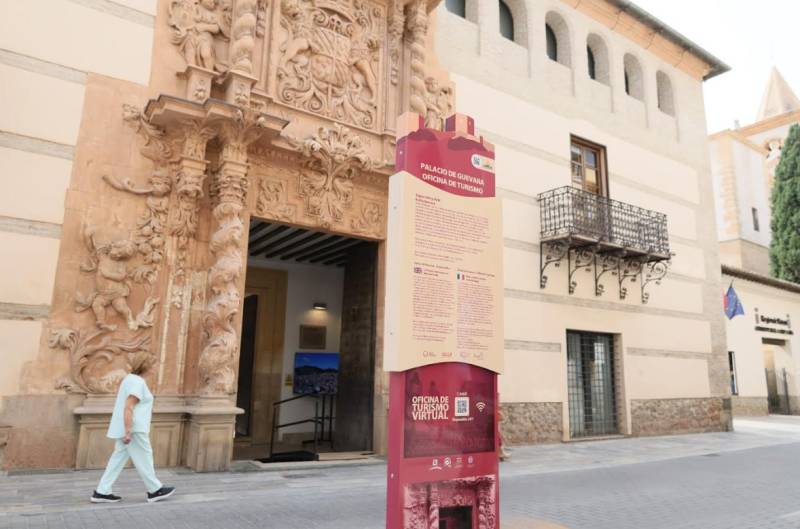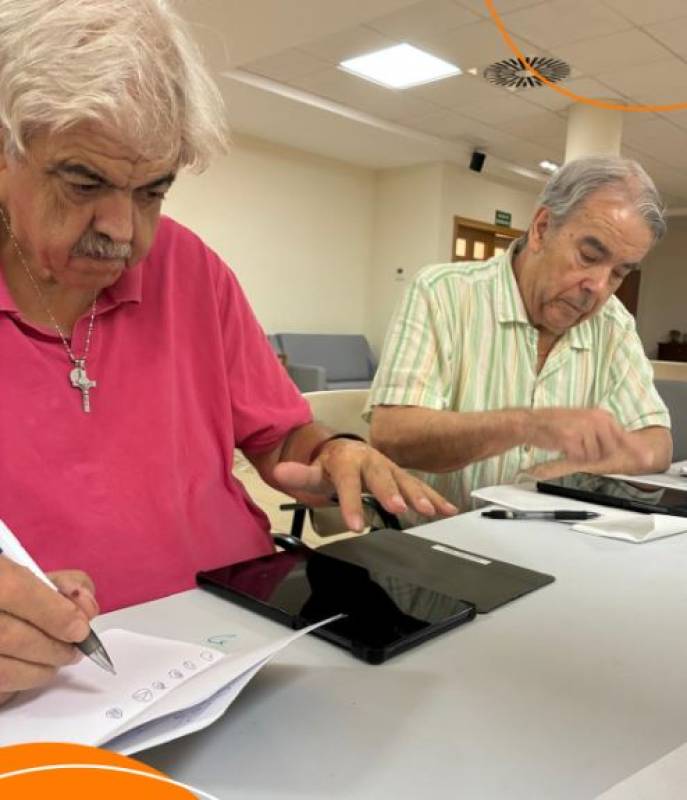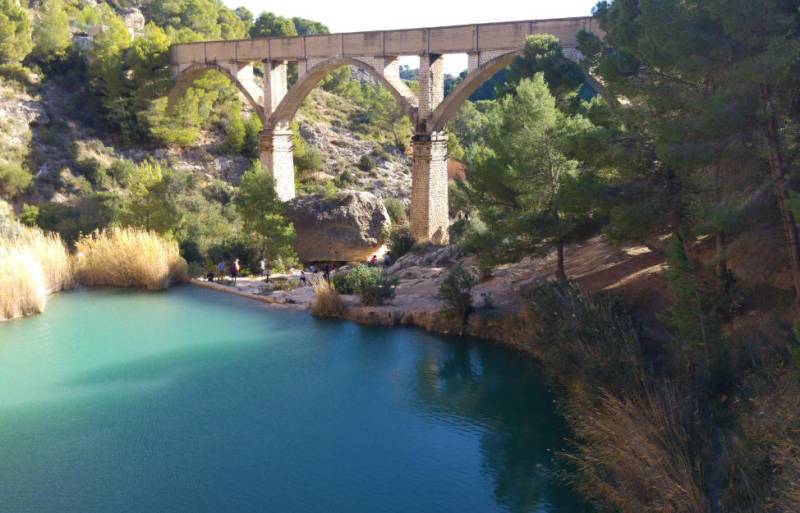-



 Welcome To
Welcome To
 Visit Lorca Castle.Click Here
Visit Lorca Castle.Click Here
To Pre Book
Tours & Activities -



 Welcome To
Welcome To
 The Embroidery Museums.Click Here
The Embroidery Museums.Click Here
To Arrange
Your Visit!














Hello, and thank you for choosing San Pedro del Pinatar.Today to publicise your organisation’s info or event.
San Pedro del Pinatar Today is a website set up by Murcia Today specifically for residents of the urbanisation in Southwest Murcia, providing news and information on what’s happening in the local area, which is the largest English-speaking expat area in the Region of Murcia.
When submitting text to be included on San Pedro del Pinatar Today, please abide by the following guidelines so we can upload your article as swiftly as possible:
Send an email to editor@spaintodayonline.com or contact@murciatoday.com
Attach the information in a Word Document or Google Doc
Include all relevant points, including:
Who is the organisation running the event?
Where is it happening?
When?
How much does it cost?
Is it necessary to book beforehand, or can people just show up on the day?
…but try not to exceed 300 words
Also attach a photo to illustrate your article, no more than 100kb

Lorca has the largest surface area of any municipality in the Region of Murcia and the second largest in the whole of Spain (1,676 km2), with a population of around 98,000 (Padrón 2024).
The city itself lies in the Guadalentín Valley in the area known as the Comarca del Alto Guadalentín, an area of rich, flat, agricultural plains, (the name "Guadalentín" comes from the Arabic for mud) which have been cultivated by mankind since pre-history, and still are today. Agriculture and livestock farming are still the backbone of Lorca economic activity although tanning, tourism and service industries are other important components, the opening of a Parador hotel in 2012 adding an additional tourism impetus.
(the name "Guadalentín" comes from the Arabic for mud) which have been cultivated by mankind since pre-history, and still are today. Agriculture and livestock farming are still the backbone of Lorca economic activity although tanning, tourism and service industries are other important components, the opening of a Parador hotel in 2012 adding an additional tourism impetus.
The city has played an important part in the history of Murcia, with continuous habitation from the Neolithic era. It was a major Argaric settlement, and played a strategic role during the period of Moorish occupation, before becoming an important border town during the process of the Christian Reconquist in the 13th century.
 The rich and extensive history of Lorca has left a legacy of archaeological sites, and historic buildings, around which the modern City has built its tourism industry. Amongst these are Lorca Castle, Plaza de España, Colegiata de San Patricio, Museo de Arqueologico Municipal, Iglesia de San Francisco, Casa Huerto Ruano, Palacio de Guevara, Iglesia de San Mateo, Pósito de los Panaderos, Convento Virgen de las Huertas, Antiguo Convento de la Merced, Iglesia del Carmen, Teatro Guerra etc.
The rich and extensive history of Lorca has left a legacy of archaeological sites, and historic buildings, around which the modern City has built its tourism industry. Amongst these are Lorca Castle, Plaza de España, Colegiata de San Patricio, Museo de Arqueologico Municipal, Iglesia de San Francisco, Casa Huerto Ruano, Palacio de Guevara, Iglesia de San Mateo, Pósito de los Panaderos, Convento Virgen de las Huertas, Antiguo Convento de la Merced, Iglesia del Carmen, Teatro Guerra etc.
Unfortunately Lorca has been prone to natural disaster, suffering a severe flood in 1973 which killed 50 people, and a Gota Fría on September 28th 2012, as well as a series of earthquakes, the most recent of which was 5.3 on the Richter scale on 11th May 2011 and claimed 9 lives.
 Lorca also has an area of coastline incorporating the Parque Regional de Cabo Cope - Puntas de Calnegre, in the Sierra de Almenara, which includes the beaches of, Puntas de Calnegre, Baño de las Mujeres, San pedro, El Siscal, Cala Honda, Cuartel del Ciscar, Junquera, Cala de la Gruta, Cala leña, Los Hierros, Cala Blanca and Playa Larga, although many are accessible only via rough country tracks.
Lorca also has an area of coastline incorporating the Parque Regional de Cabo Cope - Puntas de Calnegre, in the Sierra de Almenara, which includes the beaches of, Puntas de Calnegre, Baño de las Mujeres, San pedro, El Siscal, Cala Honda, Cuartel del Ciscar, Junquera, Cala de la Gruta, Cala leña, Los Hierros, Cala Blanca and Playa Larga, although many are accessible only via rough country tracks.
However, in spite of its many attractions, the name of Lorca is synonymous with Easter, ( Semana Santa) its biblical parades of International Tourist Interest status and famous throughout Spain. The week includes a series of parades in which the whites (Paso Blanco) and blues (Paso Azul) try to outdo each other with the magnificence of their embroideries and the skill and daring of their horsemen.
In the Autumn Lorca also celebrates the Fiestas of san Clemente, a Feria and has a series of important events throughout the year in the Recinto Ferial, as well as a busy cultural and sporting programme.
 Lorca is in the south-west of the Region of Murciaand borders with the province of Almería. Within the Region of Murcia it shares boundaries with the municipalities of Caravaca de la Cruz and Cehegín to the North, Mula, Aledo, Totana and Mazarrón to the east, Águilas to the south and Pulpí, Puerto Lumbreras, Huércal-Overa, Vélez Rubio and Vélez Blanco on its western flank. The main connection to Murcia is via the A-7 motorway (70 km) and the city of Lorca is 70k m from the Region of Murcia International Airport in Corvera.
Lorca is in the south-west of the Region of Murciaand borders with the province of Almería. Within the Region of Murcia it shares boundaries with the municipalities of Caravaca de la Cruz and Cehegín to the North, Mula, Aledo, Totana and Mazarrón to the east, Águilas to the south and Pulpí, Puerto Lumbreras, Huércal-Overa, Vélez Rubio and Vélez Blanco on its western flank. The main connection to Murcia is via the A-7 motorway (70 km) and the city of Lorca is 70k m from the Region of Murcia International Airport in Corvera.
Among the minor population centres in the municipality are La Paca, Palm Zarcilla, Avilés, Coy, Doña Inés, La Canaleja and Zarzadilla de Totana.

